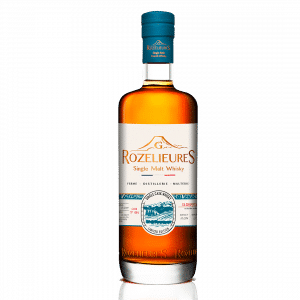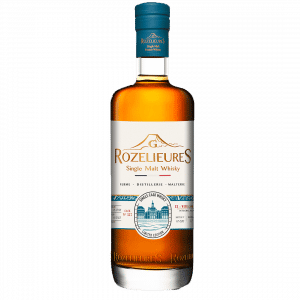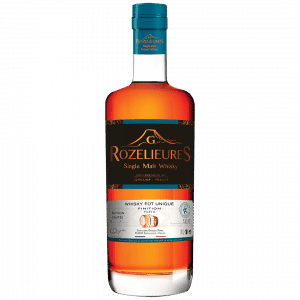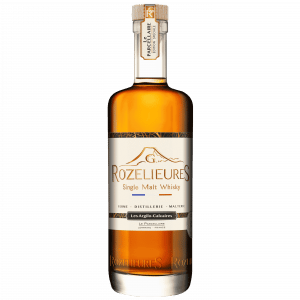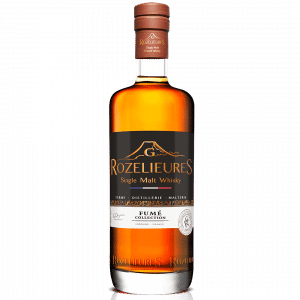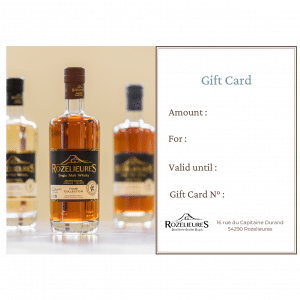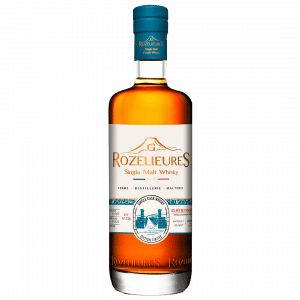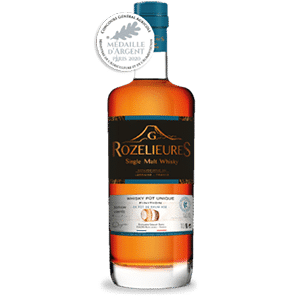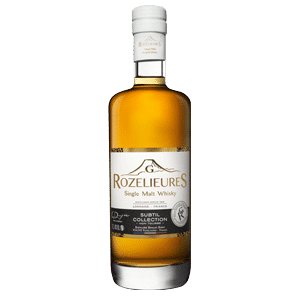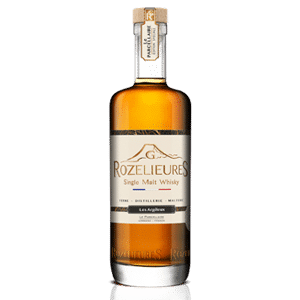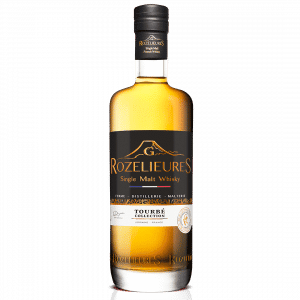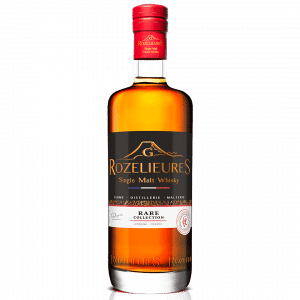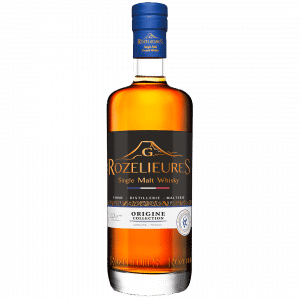Our environment
An exceptional terroir
—— The volcano ——
Around the village of Rozelieures, the geological soil is of exceptional diversity and quality, with clay-limestone soils mixed with basalt, basaltic tuffs, sandy and silty soils, metamorphic rocks and all their minerals. This quality is explained by the presence of the volcano, just opposite the distillery. This is a soil that is favourable to arboriculture, forestation but also to cereal crops that benefit from the multitude of expressions offered by this diversity of soils.
—— Pure water springs ——
Most of the mineral water springs in France are located near ancient eruptive massifs, in contact with fractured sedimentary terrain. Lorraine, with its location between the Paris sedimentary basin and the granitic massif of the Vosges, offers a privileged position. The springs of Vittel and Hépar are not far away. It is the Vittel water table that supplies the village and the Rozelieures distillery with water from a 500m deep well. The Meurthe and the Moselle are also the two rivers that gave their name to the department. Tributaries of the Rhine, they all have their source in the Vosges. Rozelieures is situated between their two beds.
—— A land of cereals ——
Lorraine is also famous for its endless expanses of cereal crops. With 1.4 million hectares under cultivation, the Grand Est is in fact the leading French cereal-growing region. And even if three departments of the historic Champagne region remain the main contributors, Meurthe-et-Moselle represents 10% of the surface area and barley covers about 45,000 ha.
The Grallet-Dupic family currently cultivates 300 ha. Each spring, depending on the rotation, Christophe Dupic sows between 50 and 100 ha of malt barley (2-row barley: Lauréate, Prospect), for an annual harvest of between 400 and 700 tonnes. Rozelieures is one of the few distilleries in France to use barley varieties specifically for whisky production.
—— Many forests ——
Meurthe-et-Moselle also has the particularity of being 32% covered by forests, i.e. approximately 58,000 ha, 98% of which are eligible for exploitation. As nature is well done, all around Rozelieures, pedunculate and sessile oaks predominate. These two varieties are the ones preferred by French coopers. Sabine and Christophe Dupic have already selected oaks from two neighbouring forests with very different soils. These oaks will dry for 3 years before being used in the cooperage, to age Rozelieures whisky soon. A little more patience…
—— Methanisation ——
At Rozelieures, responsible and sustainable production has always been at the heart of the company’s concerns. Whether in the fields or in the distillery. It is with this in mind that Christophe Dupic, with two partners, breeders and farmers, has built his own methanisation unit, Bioénergie Rozelieures, with a capacity of 200 kWel. It is the strange green bubble that can be seen below the distillery. This little marvel of technology and biochemistry allows the distillery to be almost completely self-sufficient (85%) in energy. It is partly powered by the spent grain and residues from the brewing and distillation operations.
OUR PRODUCTS
parcel whiskies
more information →
VISITS and tastings
more information →
a know-how
more information →


 0
0
